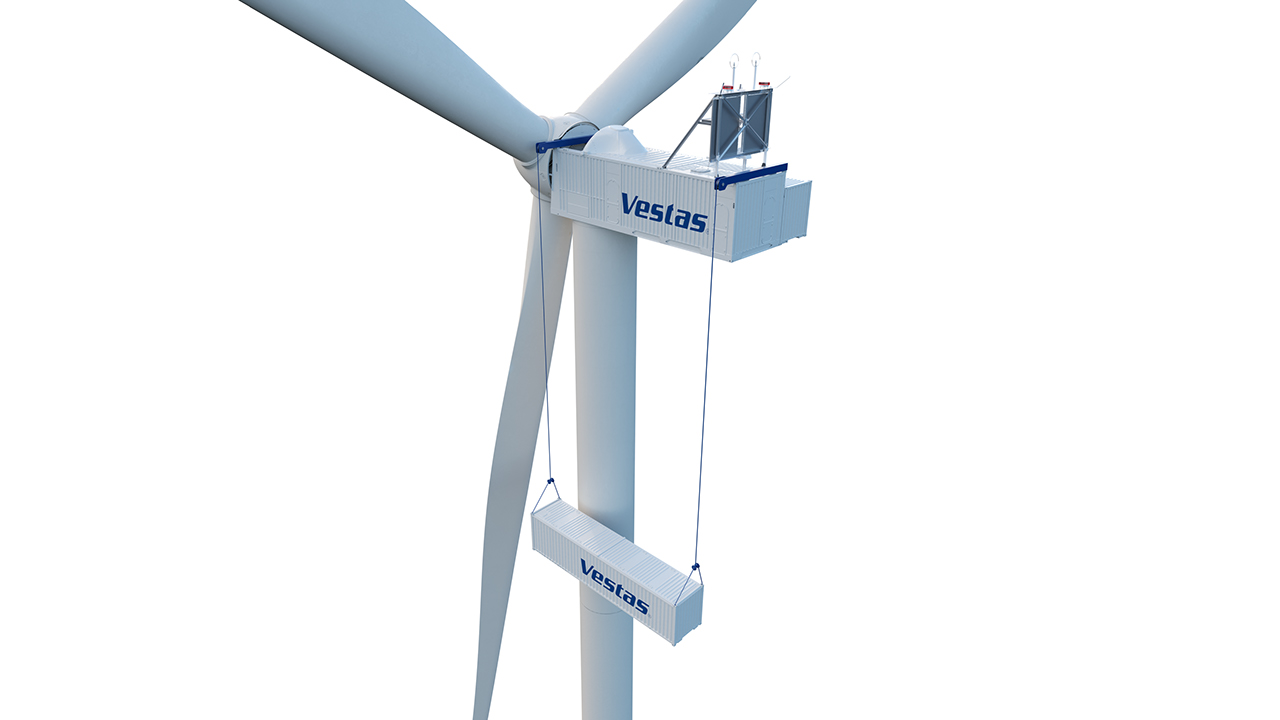Driving the energy transition by taking the next step in our modularisation journey
Technology
Anders Nielsen
Vestas CTO
Published on 17th of November 2021

With renewables fast becoming a critical component of the global energy supply, continued scale and technology development play an increasingly important role in ensuring a balanced and stable supply of energy to communities all over the world. Wind energy has the potential to sustain a decarbonised energy system, but to reach this goal, we need to find a way to build scale, both across the turbine value chain, and across the global energy system.
Vestas and the wind energy industry have been instrumental in developing more efficient and competitive renewable energy solutions and making clean energy mainstream in many markets. However, as turbine components become larger and more efficient, they can also create logistical challenges to the expansion of wind power to all parts of the world. That is why Vestas is paving the way for scale by optimising how our products, services and solutions are designed and produced with a steadfast focus on meeting customer and market needs. This includes improving the way we work to accommodate truly modular products and solutions, as well as considering the entire value chain in product development and project execution and operation.
Having worked with modularity on the component level since 2012, leading to the introduction of the first modular onshore turbines and the EnVentus platform in 2019, we are now taking the next step in the modularisation journey. Starting with a new nacelle design and subsequently expanding to encompass the whole turbine.
We aim to take advantage of industrial standards rather than challenging them, taking the entire value-chain into account in the efforts to ensure continued renewable energy competitiveness and scale. This is made possible through using a modular, customisable design to optimise time to market and ease logistics, construction, operation and maintenance.
The nacelle is accompanied by one or more side compartments depending on configuration, that are dimensionally designed to correspond to general industry logistics standards such as shipping containers, for road, rail, and ocean transportation. This means that the nacelle can be more easily transported while adhering to tunnels, bridge heights, rail systems, etc. with less need for specialised handling.
Side-compartments can, in general, house many different types of relevant technologies or applications. Utilising a simple click-on system, the modular concept facilitates smart servicing solutions and opens up upgrade and innovation possibilities over the lifetime of the operating asset.
Underlining how modularisation is part of Vestas strategy across all technology platforms onshore and offshore, the new nacelle and side compartment design is already part of the V236-15.0 MW offshore turbine and will be applied to the next generation of EnVentus variants.
We are now moving forward in our modularisation journey by optimising our approach on a system level to enable the required scale up of renewable electricity to realise a sustainable energy system.
Appeared in Recharge.